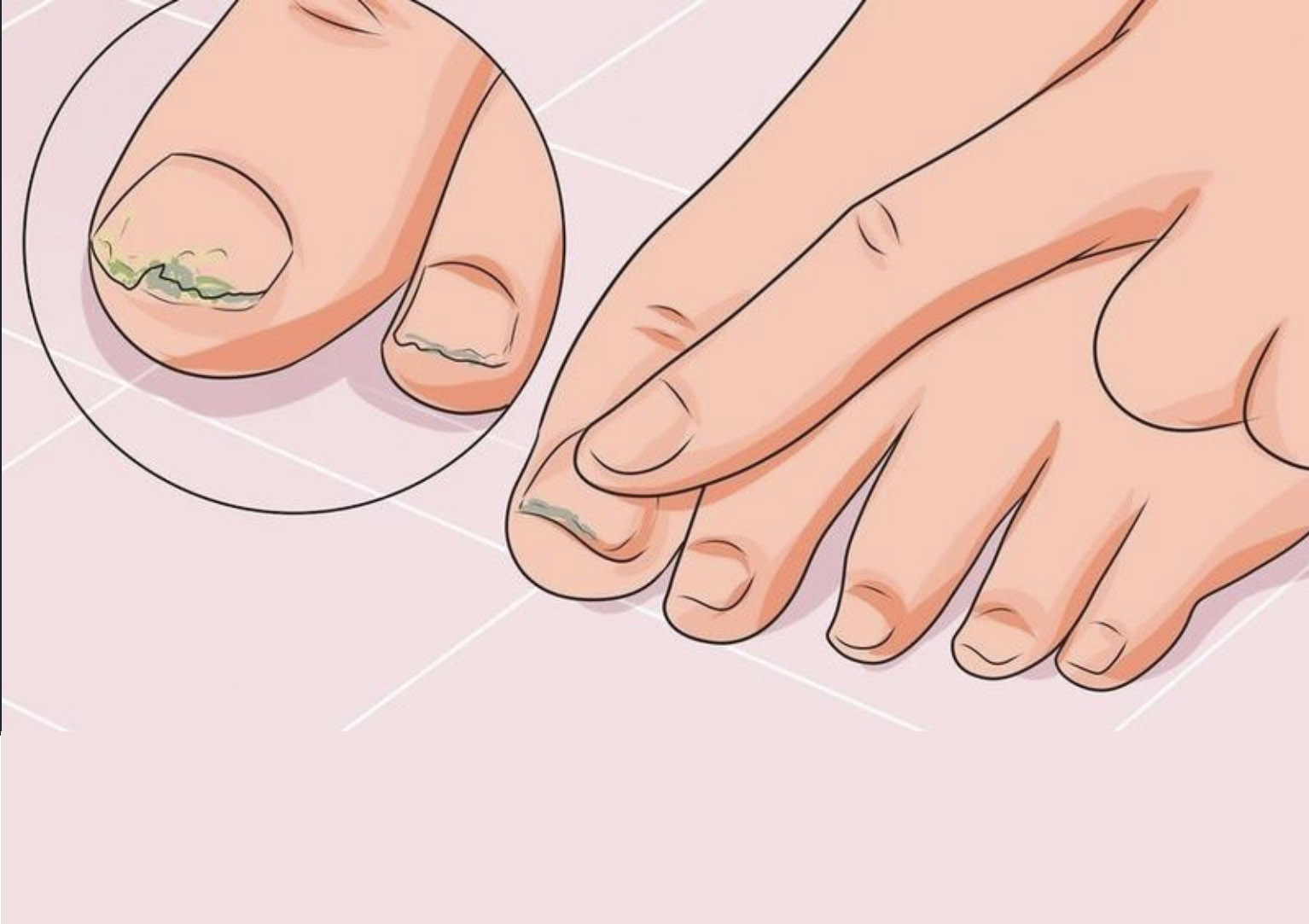
Fungal infections, commonly referred to as mycoses, can affect various parts of the human body. These infections are caused by fungi that thrive in different environments, including soil, plants, and human skin. While some fungi are harmless or even beneficial, others can cause significant health problems.
Types of Fungal Infections
Athlete’s Foot (Tinea Pedis): This common fungal infection affects the feet, particularly between the toes. It causes itching, redness, and cracking of the skin.
Ringworm (Tinea Corporis): Contrary to its name, ringworm is not caused by a worm but by a fungus that forms a ring-shaped rash on the skin of the body or scalp.
Yeast Infections: These are caused by yeast fungi like Candida albicans and can affect various parts of the body, including the mouth (oral thrush) and genital areas (vaginal yeast infection).
Nail Fungus (Onychomycosis): Fungal infections of the nails can cause discoloration, thickening, and crumbling of the nails.
Causes and Risk Factors
Fungi can enter the human body through direct contact with infected surfaces, inhalation of fungal spores, or ingestion of contaminated food. Certain factors increase the risk of fungal infections, such as weakened immune systems, poor hygiene, humid environments, and wearing tight or non-breathable clothing.
Treatment and Prevention
Treatment for fungal infections typically involves antifungal medications, either topical or oral, depending on the severity and location of the infection. Prevention strategies include practicing good hygiene, keeping skin dry and clean, wearing breathable clothing, and avoiding sharing personal items with others.
Conclusion
Fungal infections are common and can affect anyone, but with proper treatment and preventive measures, most infections can be managed effectively. It’s important to seek medical advice if you suspect a fungal infection to receive appropriate diagnosis and treatment.



